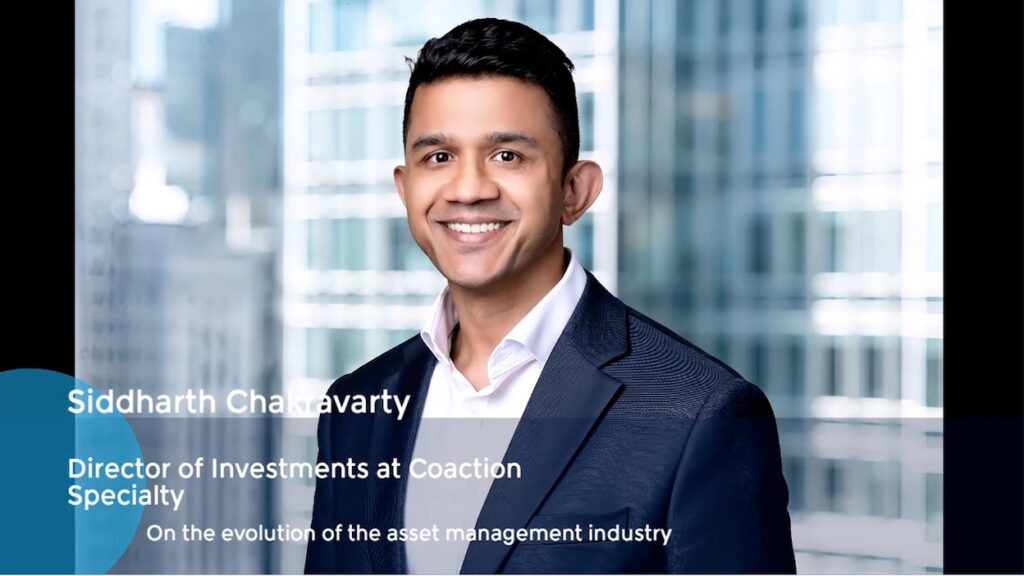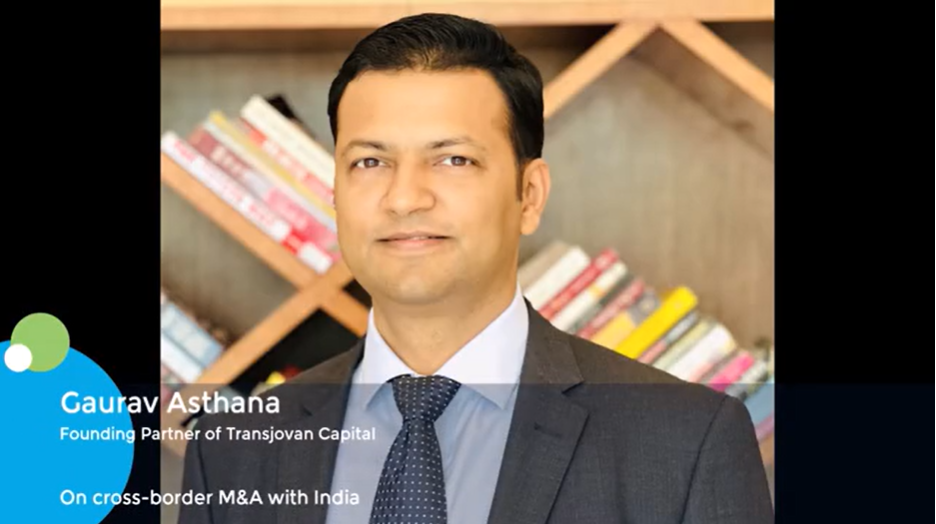Partners Group secures its largest ever India exit via Vishal Mega Mart IPO – Deal Focus
Prior to achieving a domestic IPO last month, India’s Vishal Mega Mart [NSE:VMM] was about 95% owned by two private equity firms. They made partial exits through the float, taking all of the USD 944m proceeds, in what is likely the biggest windfall of its kind for PE in the country. Still, there is a broader reason to think of it as transformative.
“Transactions of this size in India have historically had to wait for overall momentum in terms of foreign investor participation. While we had that to some extent, this IPO happened in the second half of December, so a lot of foreign institutions were either pulling money out of India or going into their year-end breaks,” said Vageesh Gupta, head of India at Partners Group [SWX: PGHN].
“Instead, we had pretty much all the largest Indian institutions [mutual funds and insurance companies] in the anchor book. People used to believe domestic investors are not large enough to carry an IPO of this size, but as we saw with Vishal, that’s not true at all.”
Partners Group and Kedaara Capital acquired Vishal in 2018 from TPG Capital and local conglomerate Shriram Group for approximately INR 50bn (then USD 735m). Partners Group contributed about INR 30bn to the deal, which was structured to ensure Kedaara, as the local partner, had control over Vishal, in compliance with legal requirements.
Through the IPO – which valued Vishal at USD 4.3bn – Partners Group sold about 23% of its position for about USD 630m; its remaining stake is worth around USD 3bn. It is the biggest India exit to date for the private equity firm, which established its Mumbai office in 2014.
The most important progress during the holding period to date was a tripling of the store footprint to about 640 locations nationwide. This included doubling down on existing geographies and expanding into new states. Tier-one cities with an existing footprint saw store penetration increase as much as 4x. In smaller cities, it was up to 6x.
Strategic contribution
Partners Group’s primary role was to help build out the staff in terms of real estate hunters and offer guidance on details such as proximity to the right demographic centers and providing enough store frontage to accommodate a clientele largely arriving on motorbike.
The investor kept the company well capitalized during the most uncertain days of the pandemic, recognizing an inherent long-term value and inevitable rebound. In the first 15 days of the first lockdown, it is said to have pumped in enough capital that management never had to worry about runway.
This patience has paid off in the last two years. EBITDA has grown more than 55%, while revenue has increased by more than 60%, according to Partners Group.
“The stores have to be good before you can press the pedal on an acceleration, and the consistency of box economics at Vishal was very high. All the stores worked, and they all worked equally well,” Gupta said.
“We also had the global expertise of having done store expansions in other markets. We wanted to stick to what they did really well in terms of the box model, make sure store economics worked in each location, and be disciplined around property size and compliance levels.”
Partners Group and Kedaara previously worked together on the acquisition of low-ticket mortgage business Aavas Financiers [NSE: AAVAS] for INR 9.5bn in 2016. They took the company public two years later, raising INR 17bn and delivering Partners Group a 3.8x return.
The key strategic thread between these two deals is in the targeting of an underserved mass market. Indeed, Gupta attributes his firm’s success with Vishal to a significant degree on the idea that the company is in a large but difficult-to-play market.
“That’s what attracted us to them in the first place, and I think that’s what people bought into in the IPO as well,” he said.
“E-commerce economics are tougher at these price points. In this segment, your gross margin doesn’t even begin to cover the costs of logistics, not to mention the cost of customer acquisition. It’s a tough market to disrupt, and it has a long tail in terms of very low organized retail penetration.”












